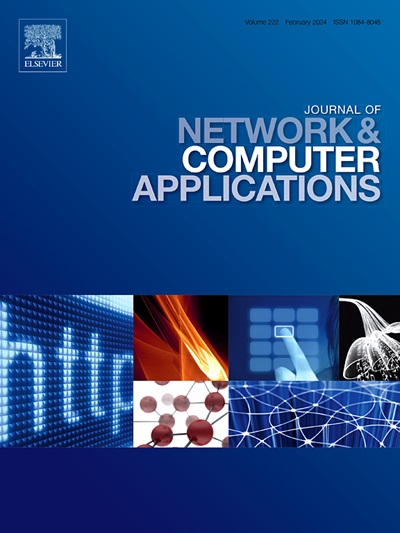大规模网络跟踪和cookie合规性:用AI分类评估GDPR下的100万个网站
IF 8
2区 计算机科学
Q1 COMPUTER SCIENCE, HARDWARE & ARCHITECTURE
引用次数: 0
摘要
随着网络跟踪技术的日益普及,包括跟踪cookie、像素跟踪和浏览器指纹技术,迫切需要分析它们对用户隐私的影响。尽管对学术文献的兴趣越来越大,但对网站遵守隐私法规的大规模、全自动评估仍然很少。在本文中,我们提出了新的算法,方法和人工智能分类模型,旨在大规模,全自动分析网络跟踪和cookie的依从性,并在有无有效用户同意的情况下使用。利用欧洲数据保护监管机构(EDPS)最近发布的网站证据收集器(WEC)软件,这些算法被应用于评估Tranco在欧洲GDPR法规下排名靠前的100多万个网站。一种新的22类多标签AI网站分类模型为符合性结果提供了基于内容的上下文,准确率达到96.56%,F1得分为0.963。结果显示,近一半的网站使用跟踪cookie,而超过一半的网站在未经用户同意的情况下使用像素跟踪,从而突出了网站内容类别之间的显着差异。此外,我们的分析表明,网络跟踪能力集中在少数几家公司手中,排名前十的跟踪公司在获取有效用户同意方面违反了大多数法规。本文为正在进行的大规模网络跟踪分析奠定了基础,这对于理解一段时间以来的趋势和评估隐私法规的有效性至关重要。本文章由计算机程序翻译,如有差异,请以英文原文为准。

Large-scale web tracking and cookie compliance: Evaluating one million websites under GDPR with AI categorization
With the increasing prevalence of web-tracking technologies, including tracking cookies, pixel tracking, and browser fingerprinting techniques, there is a pressing need to analyze their impact on user privacy. Despite the growing interest in the scholarly literature, large-scale, fully automatic evaluations of website compliance with privacy regulations remain scarce. In this paper, we present new algorithms, methods, and an AI categorization model designed for massive, fully automatic analyses of web-tracking and cookie compliance and usage with and without valid user consent. Utilizing the recently published Website Evidence Collector (WEC) software from the European Data Protection Supervisor (EDPS), these algorithms are applied to assess over one million websites from Tranco’s top list under European GDPR regulation. A novel 22-category multilabel AI model for website categorization provides content-based context to compliance results, achieving 96.56% accuracy and an F1 score of 0.963. Results reveal that nearly half of the websites utilize tracking cookies, while over half employ pixel tracking without user consent, thus highlighting significant differences between websites’ content categories. Additionally, our analysis demonstrates how web-tracking power is concentrated among just a few companies, with the top 10 tracking firms being responsible for most compliance violations related to obtaining valid user consent. This paper serves as a foundation for ongoing large-scale web-tracking analyses, essential for understanding trends over time and evaluating the effectiveness of privacy regulations.
求助全文
通过发布文献求助,成功后即可免费获取论文全文。
去求助
来源期刊

Journal of Network and Computer Applications
工程技术-计算机:跨学科应用
CiteScore
21.50
自引率
3.40%
发文量
142
审稿时长
37 days
期刊介绍:
The Journal of Network and Computer Applications welcomes research contributions, surveys, and notes in all areas relating to computer networks and applications thereof. Sample topics include new design techniques, interesting or novel applications, components or standards; computer networks with tools such as WWW; emerging standards for internet protocols; Wireless networks; Mobile Computing; emerging computing models such as cloud computing, grid computing; applications of networked systems for remote collaboration and telemedicine, etc. The journal is abstracted and indexed in Scopus, Engineering Index, Web of Science, Science Citation Index Expanded and INSPEC.
 求助内容:
求助内容: 应助结果提醒方式:
应助结果提醒方式:


